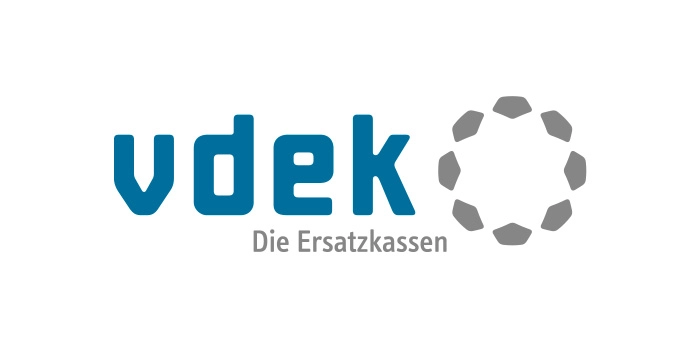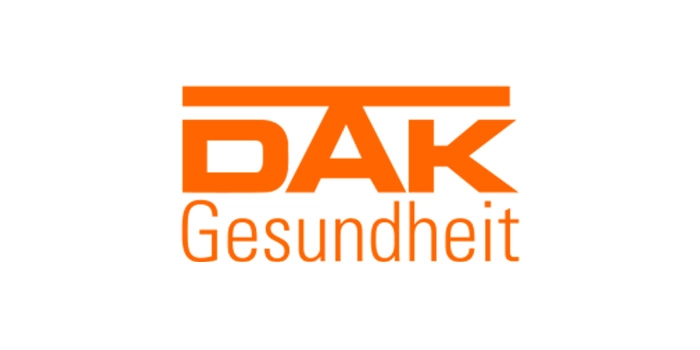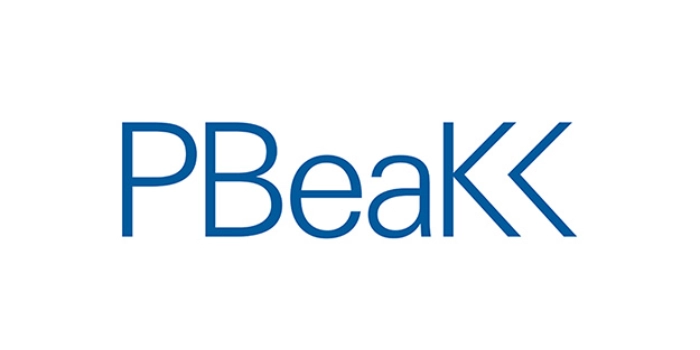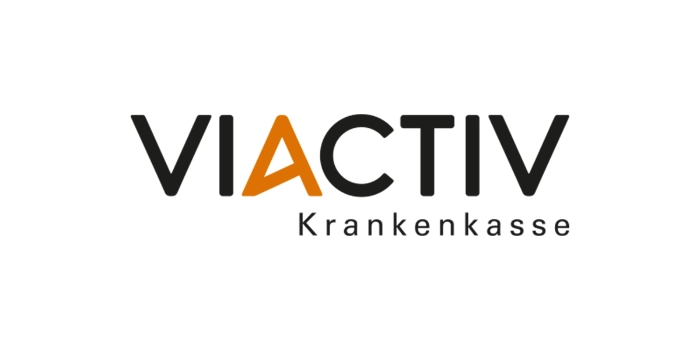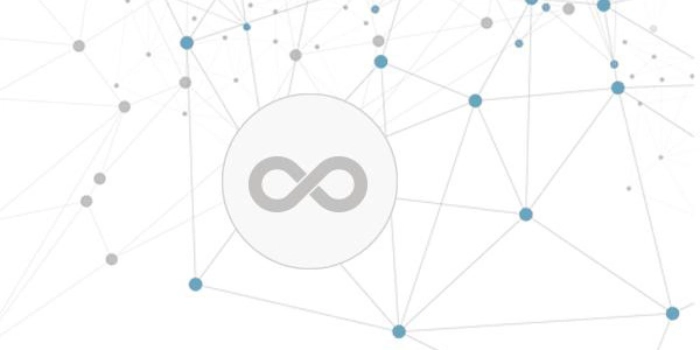Agile & DevOps
SAFe promises agility and success at company level - but without clever implementation, it can quickly become a stumbling block. Find out whether SAFe will really bring your company the security you are hoping for!
Agile & DevOps
In a dynamically evolving automotive industry, short development cycles and increasingly complex systems are a challenge. Agile methods are the key here.
Agile & DevOps
DevOps projects have been part of our everyday lives for several years now. Nevertheless, there are still heated discussions about the right organization and implementation. We have identified three critical factors that lead to success.
Agile & DevOps
DevOps is the right answer to the challenges you have to face in the context of digitalization in order to remain successful on the market.
Agile & DevOps
In this interview, Martin Scholz, principal IT consultant, and Quirin Kögl analyze the two tasks of incidents and alerting and explain why DevOps shifts the focus to software as a value-adding product.
Agile & DevOps
Improve processes, collaborate more smoothly, utilize capacities: DevOps is intended to overcome all kinds of challenges in the IT environment.




